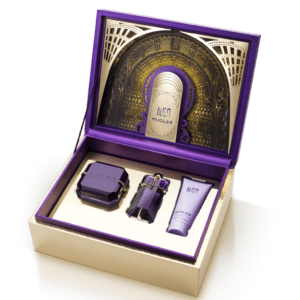Home » Enhancing Packaging with Embossing: A Detailed Look
Enhancing Packaging with Embossing: A Detailed Look
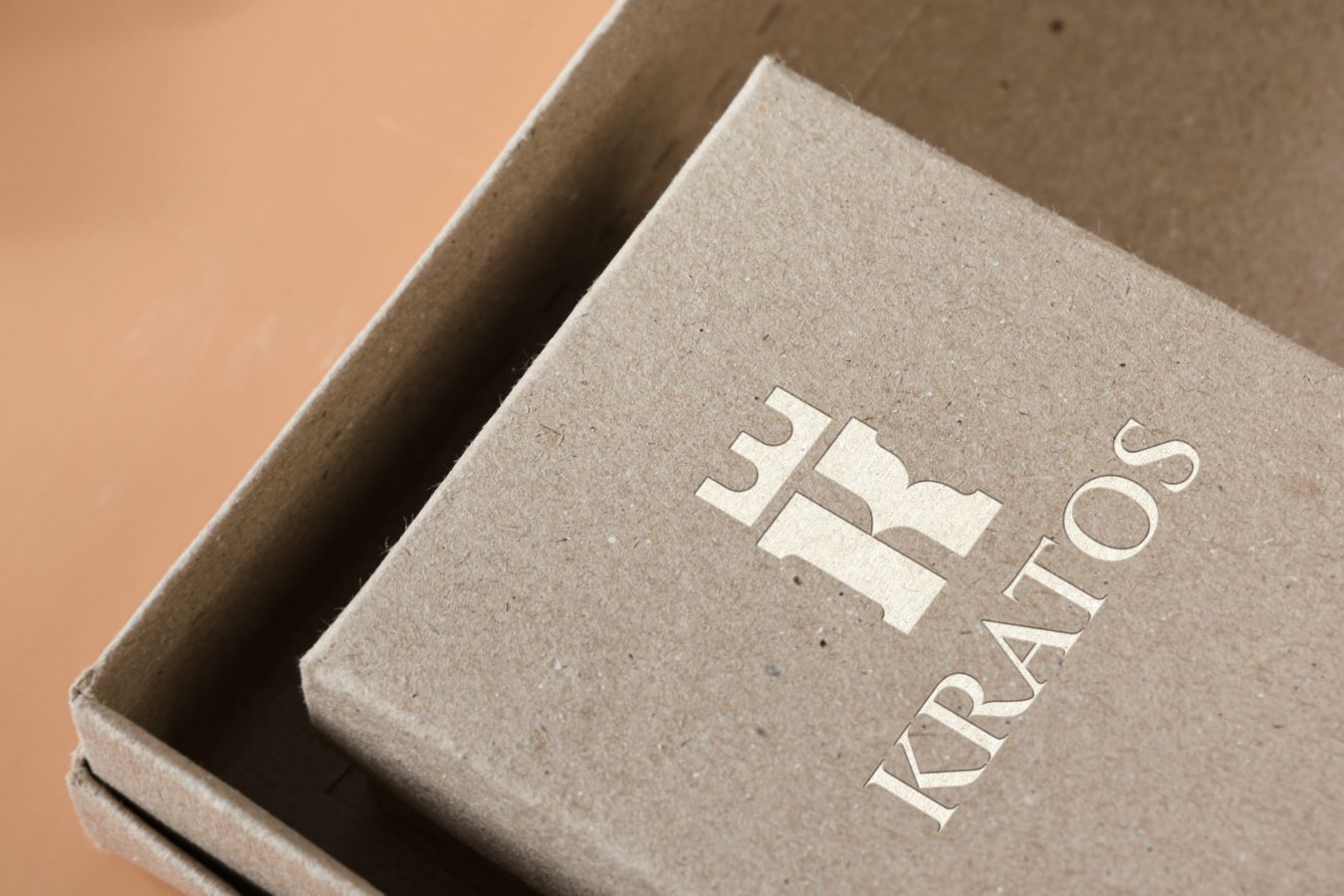
In the dynamic world of packaging, embossing stands out as a distinguished technique that adds depth and texture to product packaging, elevating the consumer experience. This blog post aims to shed light on the process of embossing, its applications in packaging, and the benefits it offers.
Understanding Embossing in Packaging
Embossing is a process used to create raised designs or textures on various materials, such as paper, cardboard, and even metal. This technique involves pressing a design into the material from underneath, resulting in a raised, three-dimensional effect on the surface.
The Embossing Process
The embossing process can be outlined in the following steps:
- Design Preparation: The first step involves creating a design that will be embossed onto the packaging. This design is typically made using specialized software and is crucial for the final outcome.
- Creating the Die: Based on the design, a metal die (or stamp) is created. The die is essentially a reverse of the final embossed design.
- Setting Up the Embossing Press: The packaging material and the die are set up in an embossing press. This machine precisely aligns the die with the material.
- Applying Pressure: The press applies high pressure to the die, pushing it into the material. The areas where the die meets the material are raised, creating the embossed effect.
- Quality Check: Post-embossing, each piece is checked for quality to ensure the design is accurately and uniformly embossed across all units.
Materials Suitable for Embossing
Embossing can be applied to a variety of materials, including:
- Paper and Cardboard: Common in business cards, book covers, and packaging boxes.
- Leather: Adds a luxurious feel to high-end product packaging.
- Metal Sheets: Used for creating unique, textured surfaces on metal packaging.
Types of Embossing
There are different embossing techniques, each offering a unique look:
- Single-Level Embossing: A simple and common technique where the design is raised to a single flat level.
- Multi-Level Embossing: Involves varying levels of depth, adding more detail and texture to the design.
- Sculptured Embossing: The most detailed, creating a three-dimensional image that looks sculpted.
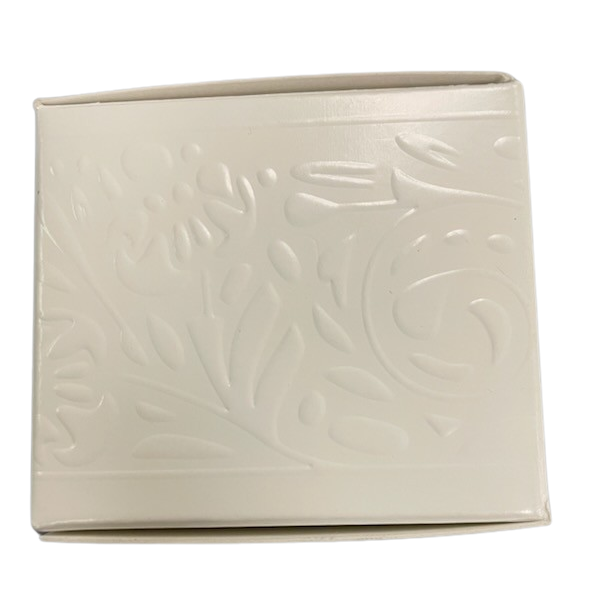
Applications in Packaging
Embossing is widely used in various types of packaging:
- Branding and Logo Embossing: Used to make logos stand out on product packaging.
- Decorative Embossing: Adds decorative patterns to packaging for a more elegant look.
- Textural Embossing: Creates a tactile experience for the consumer, enhancing the perception of quality.
Benefits of Embossing in Packaging
Embossing offers several advantages:
- Enhanced Aesthetic Appeal: Adds a touch of sophistication and luxury to the packaging.
- Tactile Experience: The raised design provides a unique tactile experience, making the packaging more engaging.
- Brand Differentiation: Helps in making products stand out on the shelves and can strengthen brand recognition.
Considerations When Using Embossing
When opting for embossing, there are a few considerations:
- Cost Implications: Embossing can add to the cost of packaging due to the specialized process and equipment required.
- Design Limitations: Some designs may not translate well into embossing, especially highly intricate patterns.
- Material Constraints: Not all materials are suitable for embossing, and the choice of material can impact the final result.
If you are interested in embossed packaging, then partner with Brown Packaging today to get started.
With new tariff proposals and continued trade uncertainty, 2026 is shaping up to be another pivotal year for packaging sourcing strategy. Many companies that shifted
Following multiple rounds of tariff changes and trade policy adjustments, 2026 marks a turning point for U.S. packaging buyers. Many who previously transitioned from China
Shifting packaging production from China to the U.S. can help stabilize costs, reduce tariff exposure, and shorten lead times. But the transition process requires careful
Home » Enhancing Packaging with Embossing: A Detailed Look
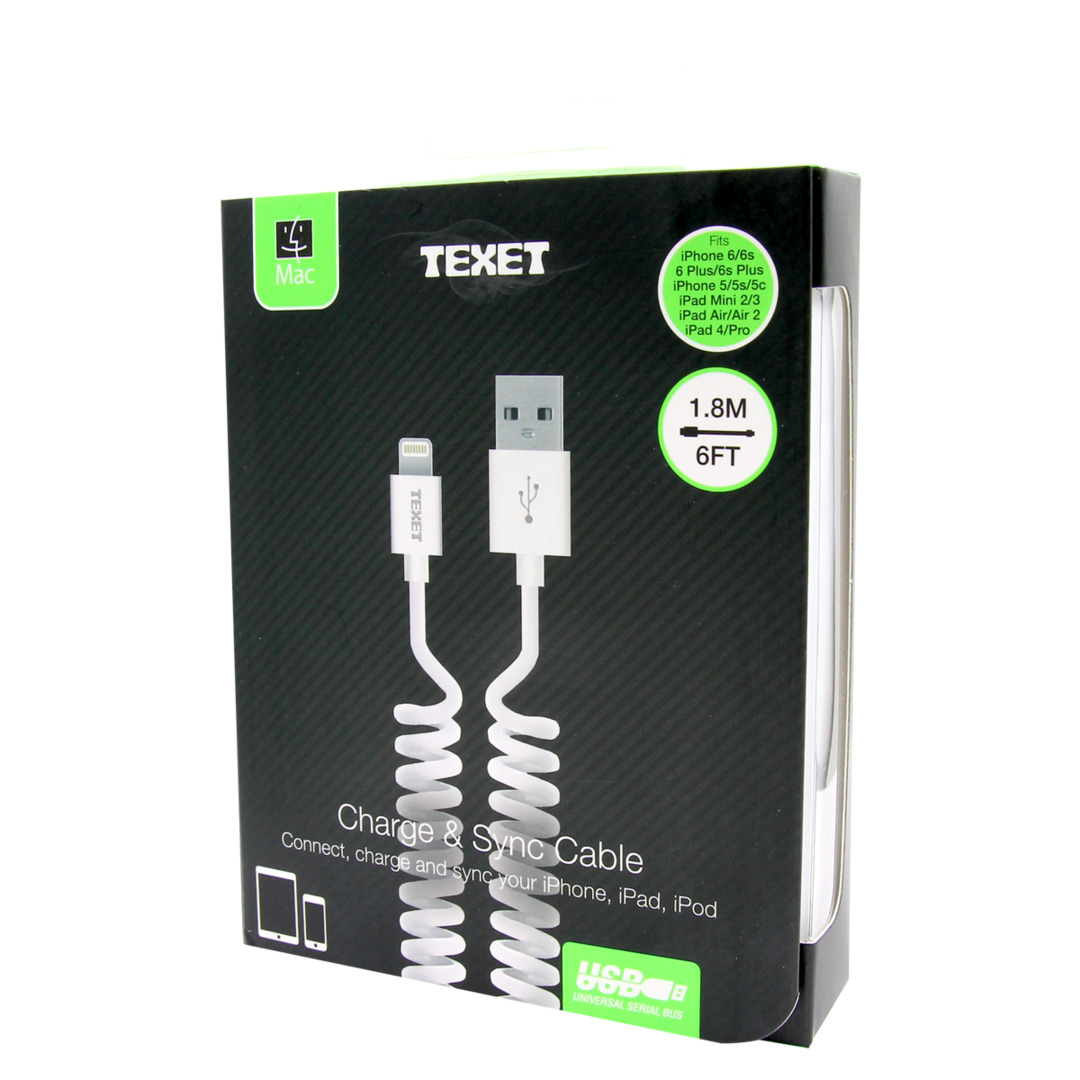
Folding cartons are one of the most versatile forms of retail packaging—and how you print on them can make the difference between a product that
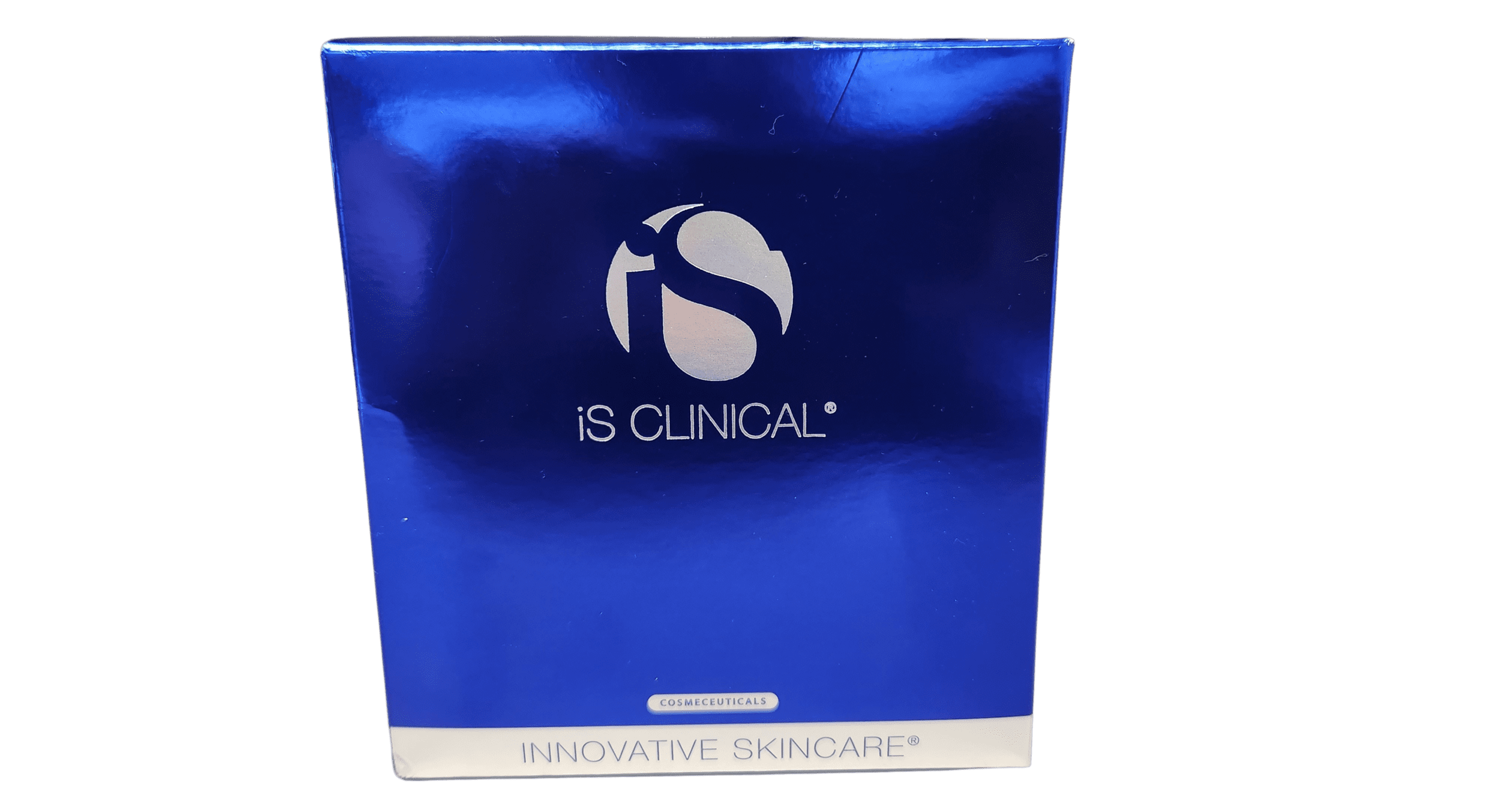
In the world of packaging, making a memorable impression is crucial. Packaging not only protects and delivers products but also serves as a powerful branding
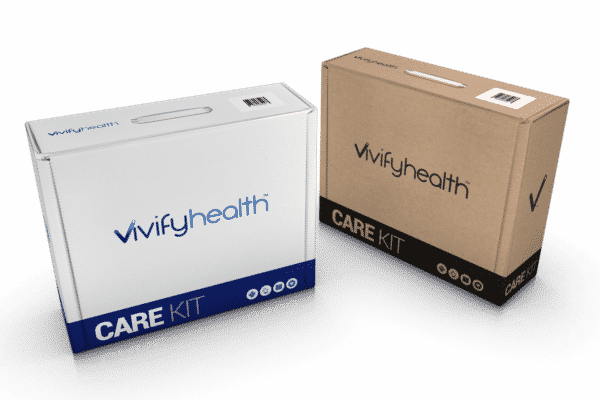
When customizing packaging with logos, brand colors, or designs to enhance product appeal and branding, choosing the right printing technique is crucial. Today’s technology offers


